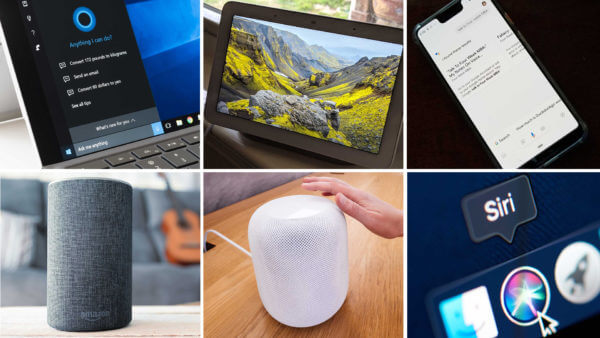Back to Basics: A beginners guide to voice search and digital assistants in 2019
Here’s a roundup of the various digital assistants on the market today with some beginner tips on how to optimize for voice search.
Voice search isn’t only here to stay, it’s on the rise. Is your website optimized for spoken queries? If not, then you could lose market share to competitors whose websites are optimized for voice search. Good news, though, that’s a problem you can start fixing today.
In this article, I’ll explain the various types of digital assistants and what to do to get your site ready for voice search. If you want to learn more, I’ll be talking about voice search in more detail at SMX Advanced in Seattle on June 5.
Voice search is the new mobile
Many webmasters were caught off-guard when the mobile revolution arrived (almost overnight). They thought their “old school” websites would rank just fine in response to a query on a smartphone. Then they learned the hard way that wasn’t the case and started optimizing their sites for mobile platforms.
If you follow the trendline, that means there will be more voice searches than keyboard searches after 2020.
But what kinds of devices are people using to perform voice searches?
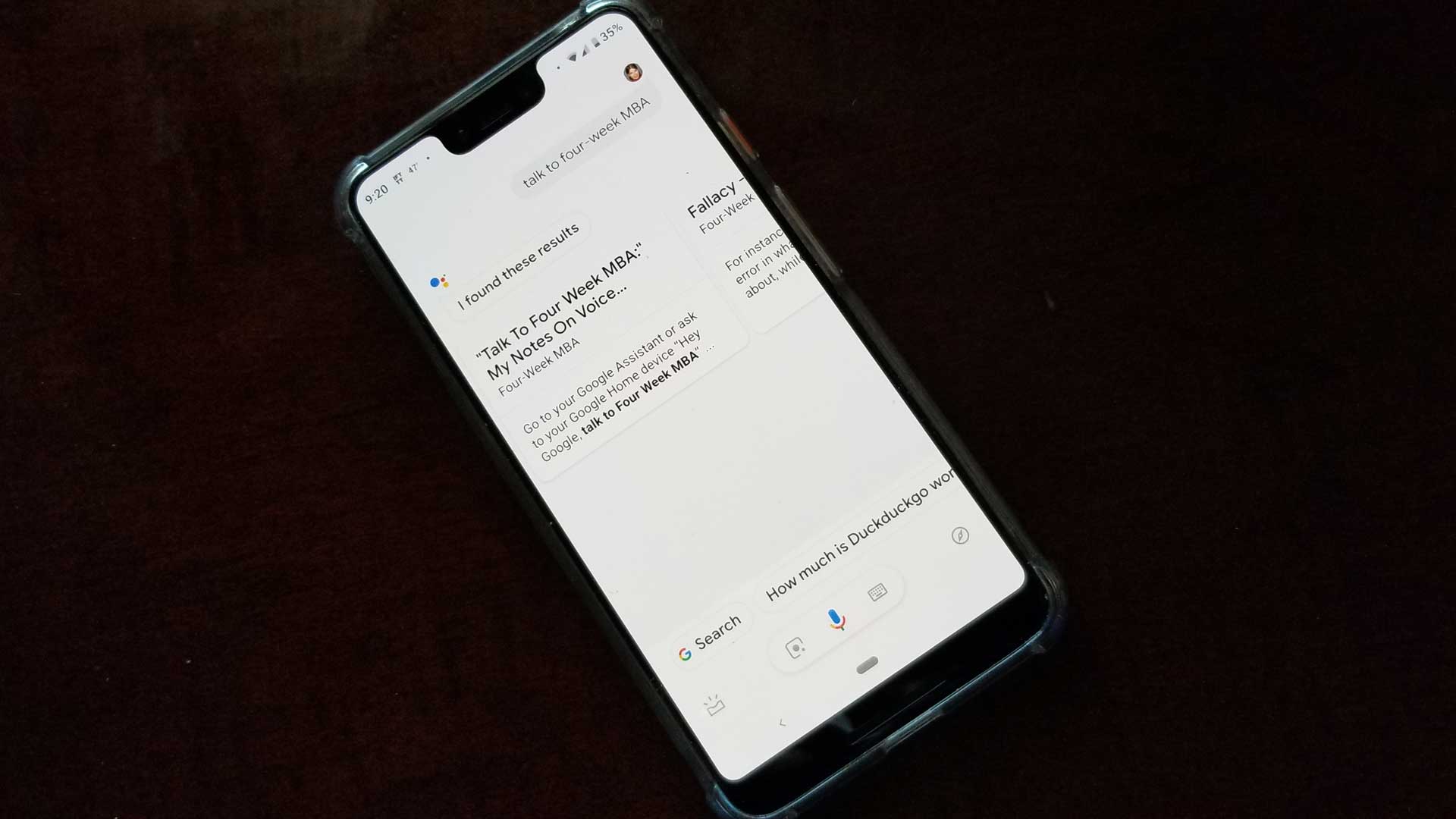
Google Assistant
Google Assistant is the app you download and install on your smartphone. It’s the one that answers to the call, “Hey, Google?”
Unsurprisingly, Google Assistant uses the Google search index to get answers to your queries. It will deliver a verbal response based on the info that it receives. In other words, Google Assistant does the Googling for you. Additionally, you can extend the functionality of Google Assistant with Google Actions.
Google Actions empower you to handle tasks via a conversational interface. For example, if you want to turn the lights on in your home, you’d do that with Google Actions.
However, if you want to use Google Actions, keep in mind the following key points:
- People may give commands using different words or phrases. Be sure to prepare for that.
- Folks might need some assistance. Include a help section.
- Users love personalization. Accept preferences (such as time zone, zip code, etc.) to offer a more personalized experience.
There is a Google Actions Console for Google Actions, just like there is a Google Search Console for your website. In the Google Actions Console, there are templates you can use to build Google Actions. Think of a Google Action like an app for Google Assistant.
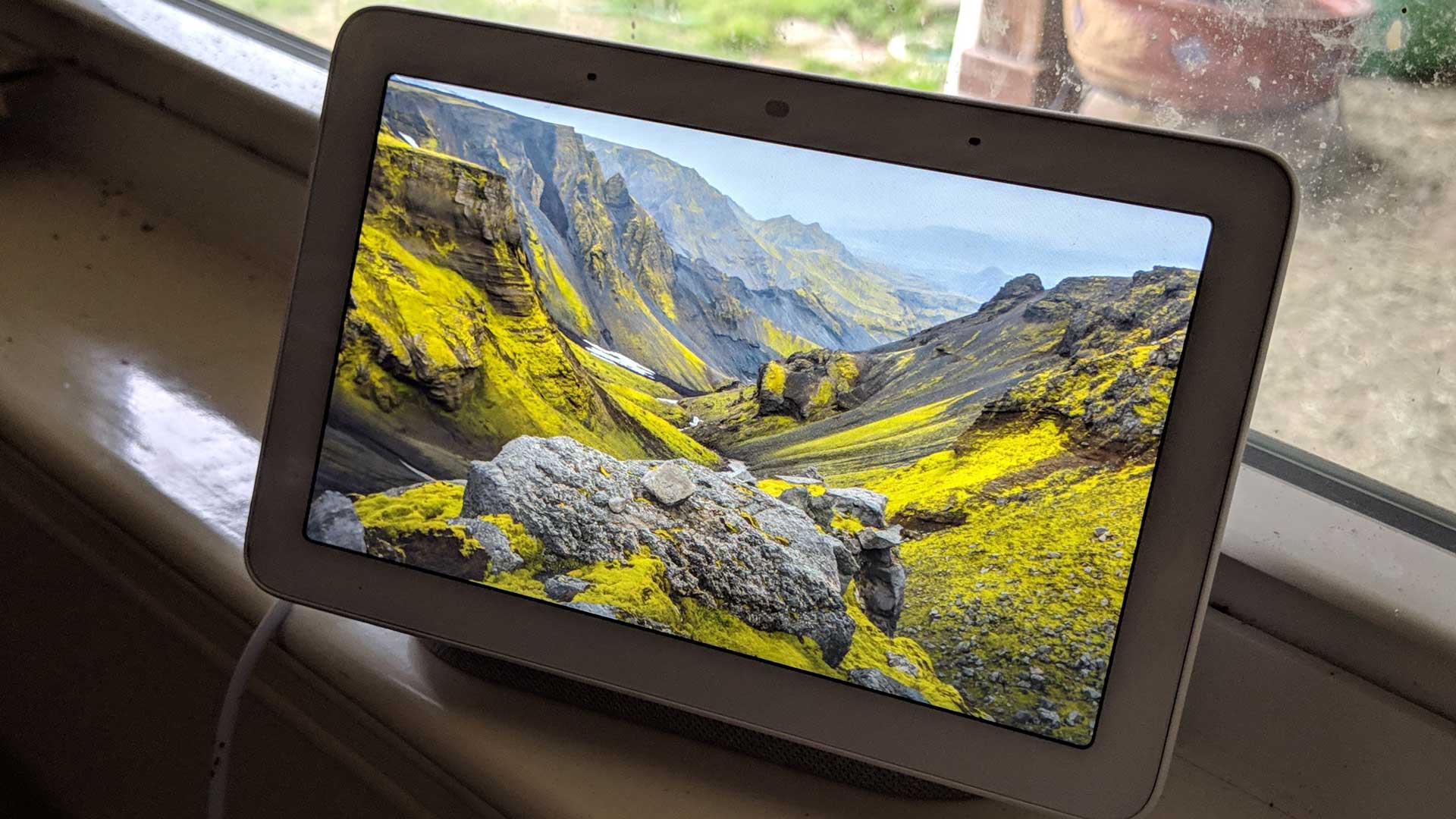
Google Home or Google Home Hub
What is Google Home? It’s a standalone device that uses Google Assistant. While Google Assistant itself is an app you download, Google Home ships with Assistant installed.
Google Home is basically a small speaker. Google Home Hub, on the other hand, has a screen. That’s helpful if you want to know how to julienne a carrot and have trouble following along with only verbal directions. Google Home Hub will show you a video so you can see exactly how it’s done.
Really important: Google Home Hub is closely integrated with Google products so make sure you are optimizing using these entities. At Google’s recent I/O event they made it clear YouTube videos would be front in center in Home Hub and the device has special formatting for these videos. With how-to searches on the rise in YouTube, it’s important that you are on the platform to answer questions around your business.
In general, the Google Assistant pulls data from Google properties first – maps, YouTube, rich results, knowledge graph, etc., so it’s essential to align with Google assets.
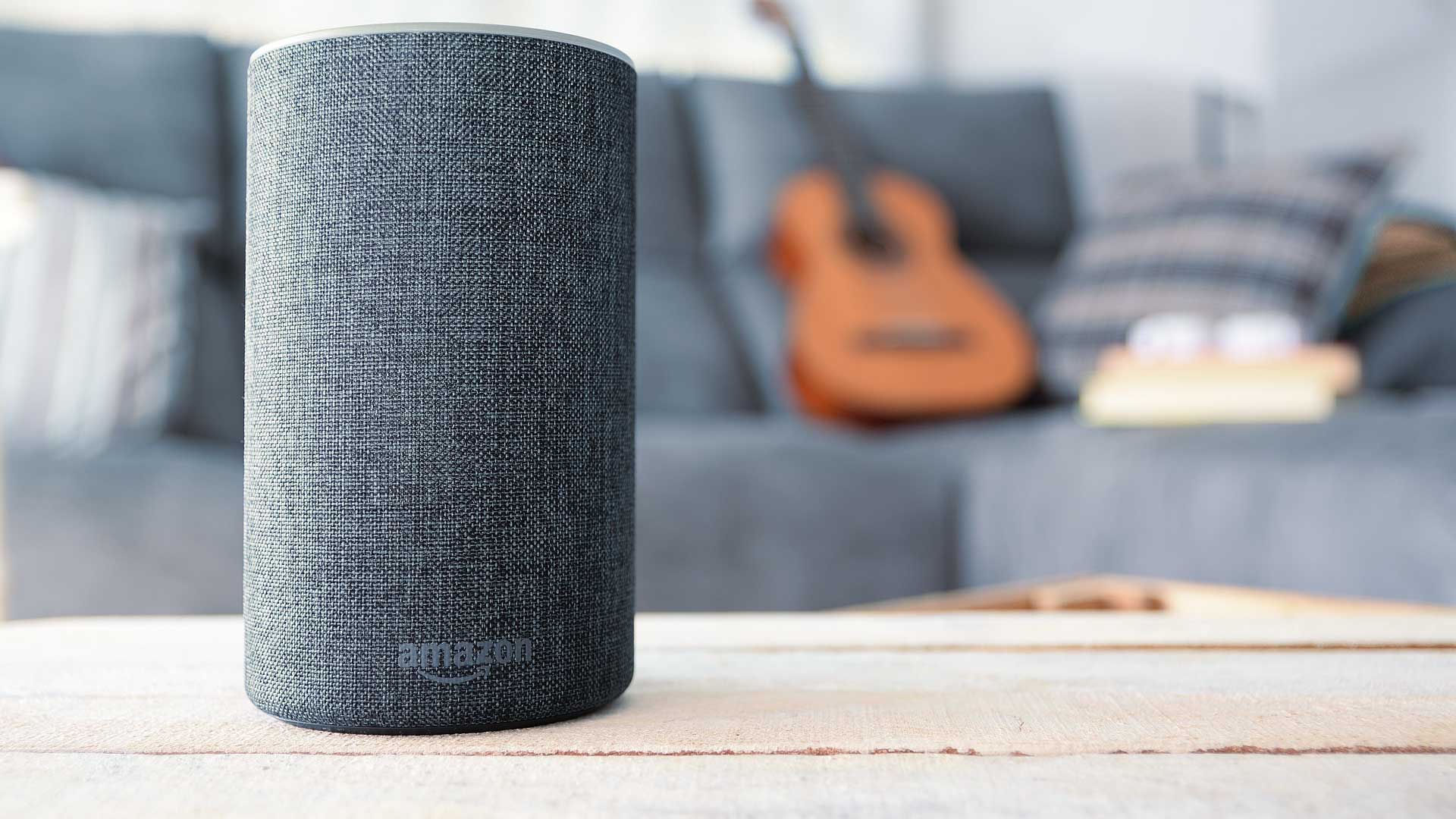
Amazon Alexa
Amazon Alexa is similar to Google Assistant. The key difference, of course, is that it’s produced by Amazon instead of Google. Unsurprisingly, one of the best features of Amazon Alexa is that you can use it to shop on Amazon and place orders. However, it’s also a digital assistant that will answer your queries. Alexa gets its information from the Bing search engine. This makes it critical to use Bing Webmaster Tools and Bing properties to optimize your content. Amazon also allows developers to create their own voice apps with Alexa Skills.
Here’s how Amazon explains Alexa Skills: “When a user speaks to a device with Alexa, the speech is streamed to the Alexa service in the cloud. Alexa recognizes the speech, determines what the user wants, and then sends a structured request to the particular skill that can fulfill the user’s request. All speech recognition and conversion are handled by Alexa in the cloud.”
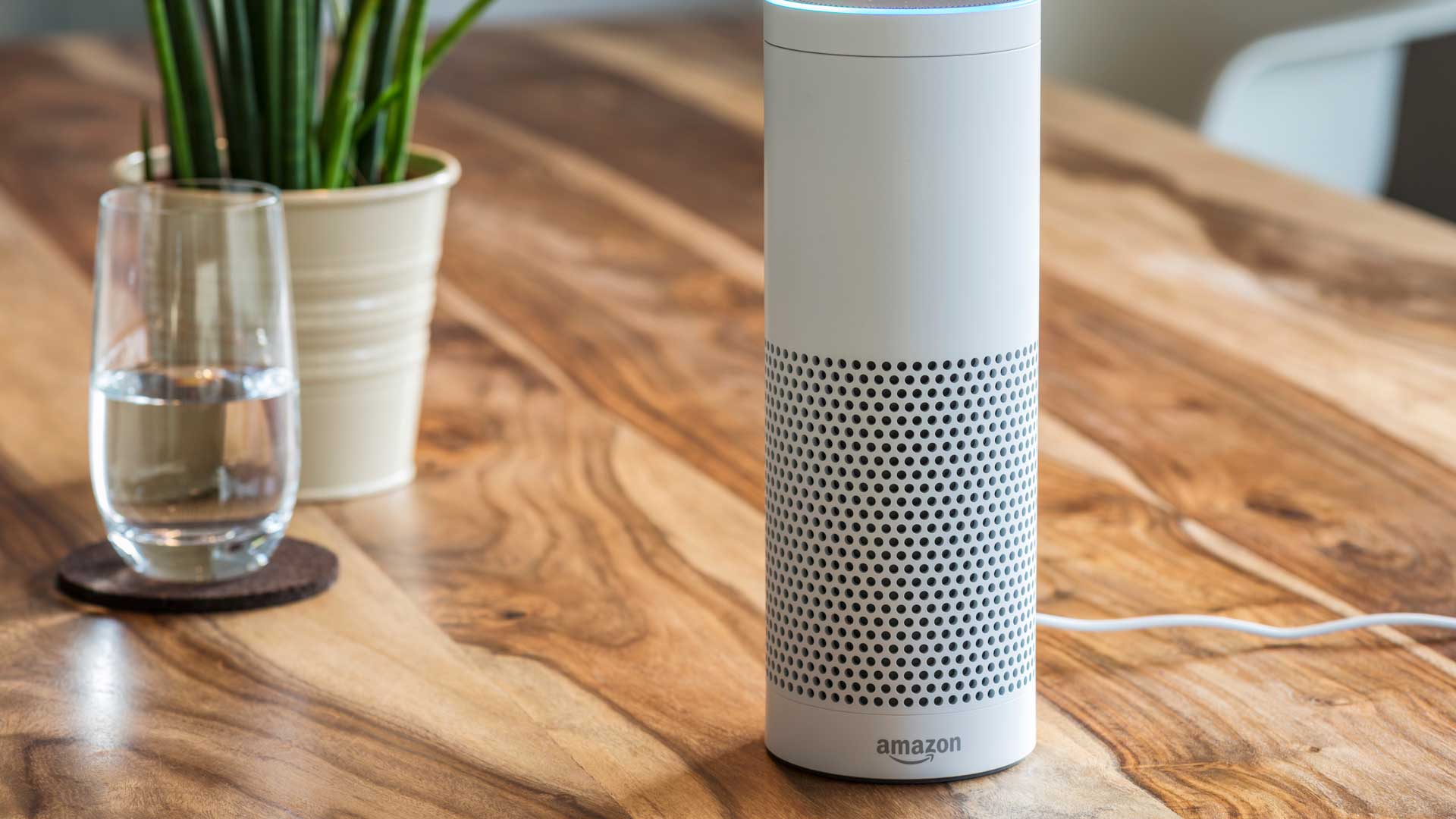
Amazon Echo
If Amazon Alexa is like Google Assistant, then Amazon Echo is like Google Home. It’s the smart speaker that people use to access Amazon Alexa. You might think that Amazon copied the idea from Google. If so, you’d be wrong. Amazon pioneered the smart speaker concept back in 2014. Google is still playing catch-up. Amazon also offers home assistants with displays with their Echo Dot and Echo Show.

Apple Siri
If you own an iPhone, then you already know that Apple Siri is embedded into it. All you have to do is hold the home button and give Siri a command. Unlike some of its peers, Siri doesn’t respond to voice queries with audible answers. Instead, it returns mobile search results.
As of now, Siri is only available on iOS platforms. Apple also lets you create Siri Shortcuts which are voice-activated apps similar to Amazon Skills and Google Actions. You can use Siri Shortcuts to handle everyday tasks, such as ordering coffee. Siri also remembers your routines across apps and displays helpful suggestions on the lock screen or in search.
Apple offers SiriKit, a tool that enables your iOS apps and watchOS apps to work with Siri. Use it to give users voice access to your apps.
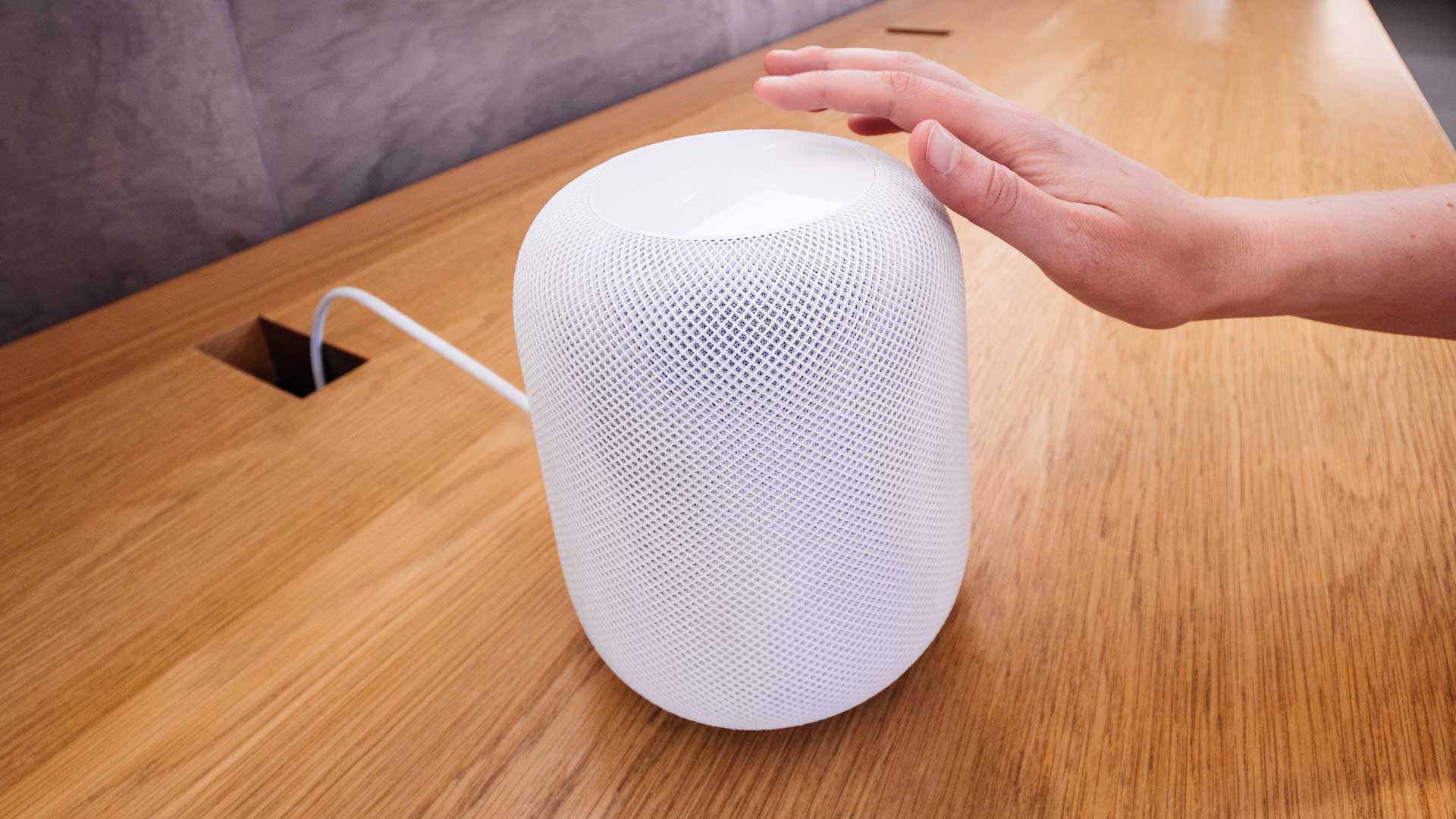
Apple HomePod
Apple’s answer to Google Home and Amazon Alexa is the Apple HomePod. It wasn’t released until June 2017. In other words, it’s way behind in its development. Still, the HomePod has features you’d expect. It can answer questions and help out around the house. However, Apple hasn’t yet produced a smart display for its in-home assistant.
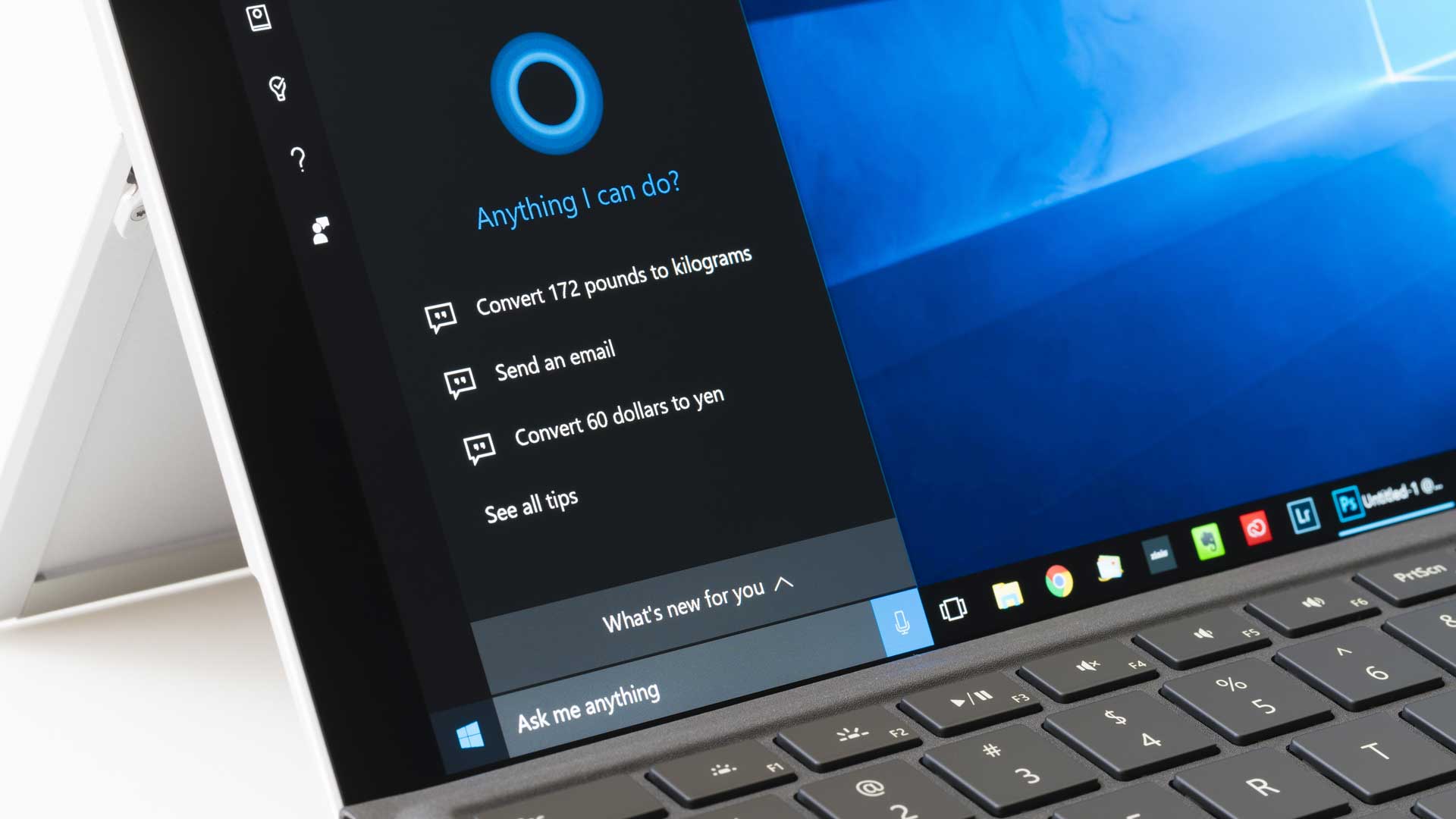
Microsoft Cortana
“Cortana lets you achieve more while doing less.” That’s Microsoft’s boast about its intelligent assistant. Unsurprisingly, Microsoft Cortana retrieves the info that it uses to answer questions from Bing, Microsoft’s search engine.
However, Microsoft doesn’t offer native apps for Cortana. Instead, it uses Alexa Skills. So if you want to create an app for Cortana, you need to develop an Alexa Skill.
How to optimize for voice search
Now that you know a little bit about the different devices that people are using for voice search let’s look at some ways that you can optimize your site so that it’s used as a reference by the Google Assistant. Do do that, you need to get rich results in Google or be in Google properties. Here are just a few tips.
Focus on conversational questions – Although it’s a great idea to optimize for abbreviated search terms like “content marketing important,” that’s not going to cut it with voice search. Instead, optimize for the full question, such as: “Why is content marketing important in 2019?” Keep your responses to 40 to 50 characters as these surface the most in voice responses.
Optimize for featured snippets – Put whole questions as H2 subheaders so they’ll more likely get mined for the coveted Rank 0 position. Also, include FAQs in your content. Finally, remember to keep your answers brief — quality raters like short answers from voice assistants.
Don’t forget Local SEO – People use digital assistants to find local businesses all the time. Make sure your site is optimized for local search.
Focus on page speed – According to a study by Backlinko, page speed could affect your chances of getting a response to a voice query. Make sure your site loads quickly. There is a lot more to it and this is just a start. Keep in mind, this is just for Google. The methodology is different for each assistant.
Wrapping it up
If you’re looking for “the next big thing,” it’s probably voice search. Make sure your site is optimized for audible queries. Otherwise, your business might struggle for market share. Get started today.
